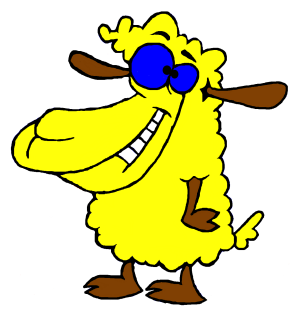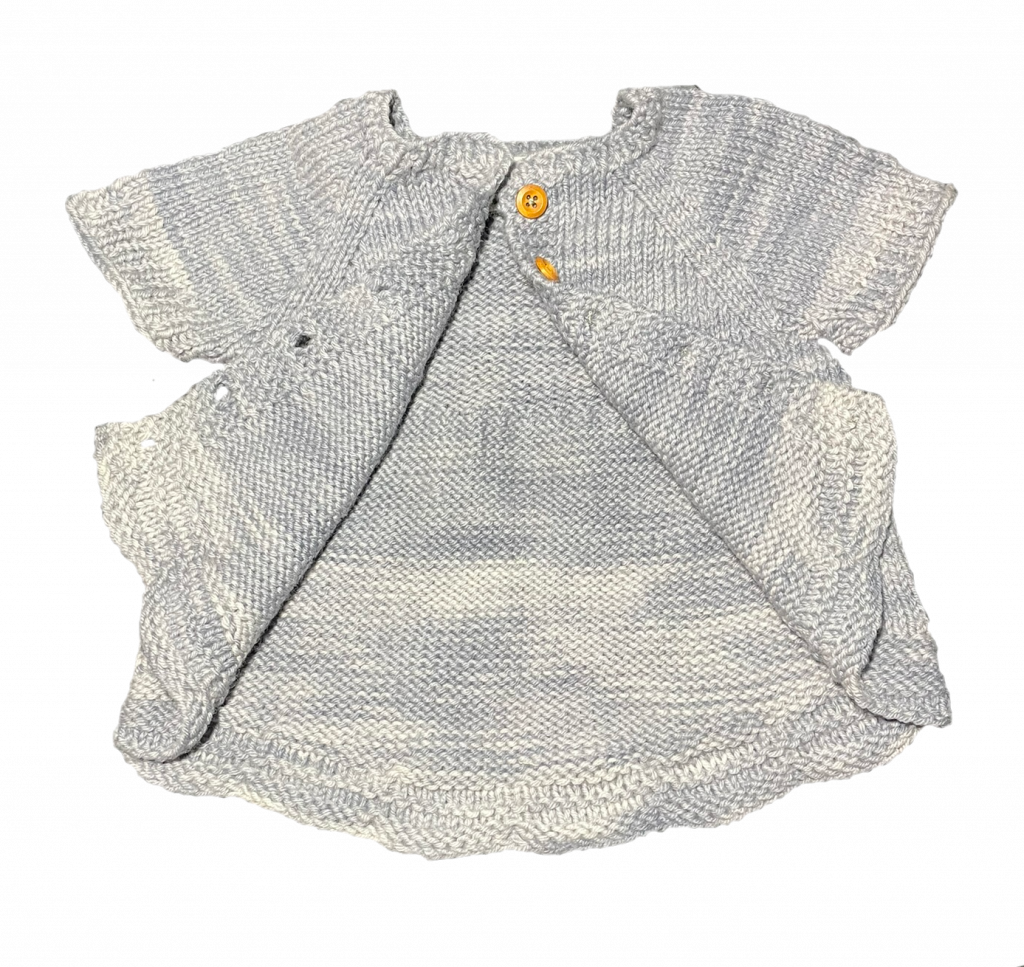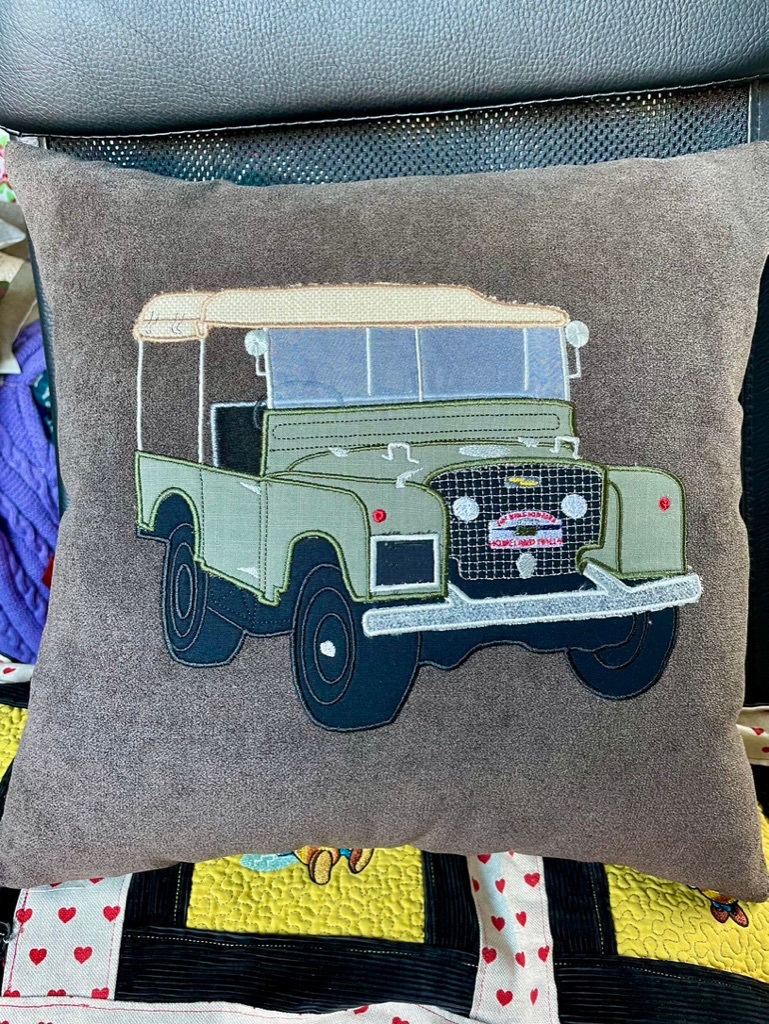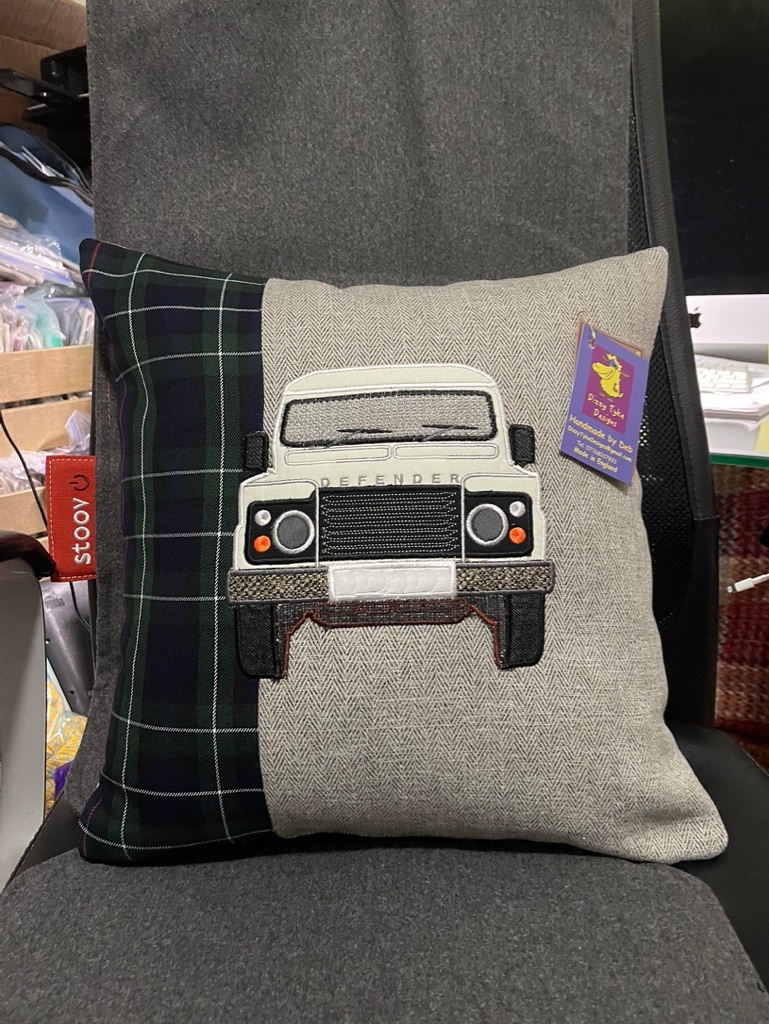
Now Christmas is over it’s time to get the knitting needles out and get ready for Winter.
No matter if its for you, family, friends or the new grandchild or child on the way, that you’ve just found out about over the holidays.
New out this week is the Newent, an easy to knit and stunning cardigan.
Alternatively have a look through the wide choice a baby and toddler patterns on my site.
Coming soon, one of garments made during my design process, join my mail list and get ahead of the game to snap up these one off products.
Now Christmas has gone …..
So now I can post some of the pictures for commissioned and personal products that went out to happy customers ….. but we didn’t want so spoil the surprise, even so I’ve blocked out the vehicle registrations and names for customer confidentiality.
As usual all the designs are individual, mainly due to my aim to up-cycle and repurpose fabrics. This focus means I don’t just buy materials off the role but purchase excess stock and end of roles, ensuring the most ethical use of materials, whilst keeping my cost at the best possible prices to pass on to my customers.
Many thanks for viewing my update and I look forward to seeing you on Instagram.

Deb (The Dizzy Tyke)





















